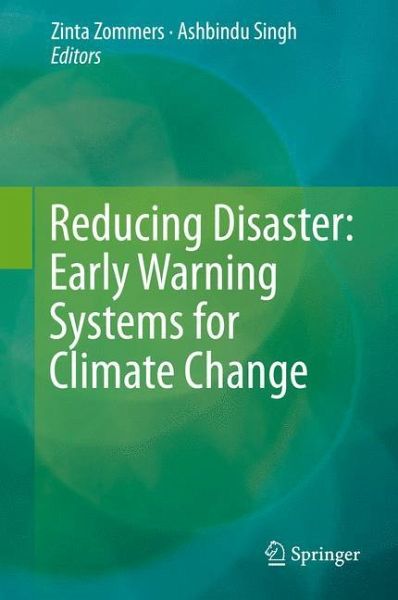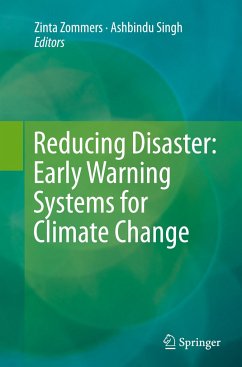
Reducing Disaster: Early Warning Systems For Climate Change

PAYBACK Punkte
38 °P sammeln!
Around the world, extreme weather events are becoming increasingly "the new normal" and are expected to increase in the 21st century as a result of climate change. Extreme weather events have devastating impacts on human lives and national economies. This book examines ways to protect people from hazards using early warning systems, and includes contributions from experts from four different continents representing 14 different universities, 8 government agencies and two UN agencies. Chapters detail critical components of early warning systems, ways to identify vulnerable communities, predict ...
Around the world, extreme weather events are becoming increasingly "the new normal" and are expected to increase in the 21st century as a result of climate change. Extreme weather events have devastating impacts on human lives and national economies. This book examines ways to protect people from hazards using early warning systems, and includes contributions from experts from four different continents representing 14 different universities, 8 government agencies and two UN agencies. Chapters detail critical components of early warning systems, ways to identify vulnerable communities, predict hazards and deliver information. Unique satellite images illustrate the transnational impact of disasters, while case studies provide detailed examples of warning systems. With contributors from the fields of economics, ethics, meteorology, geography and biology, this book is essential reading for anyone interested in disaster risk reduction or climate change.














